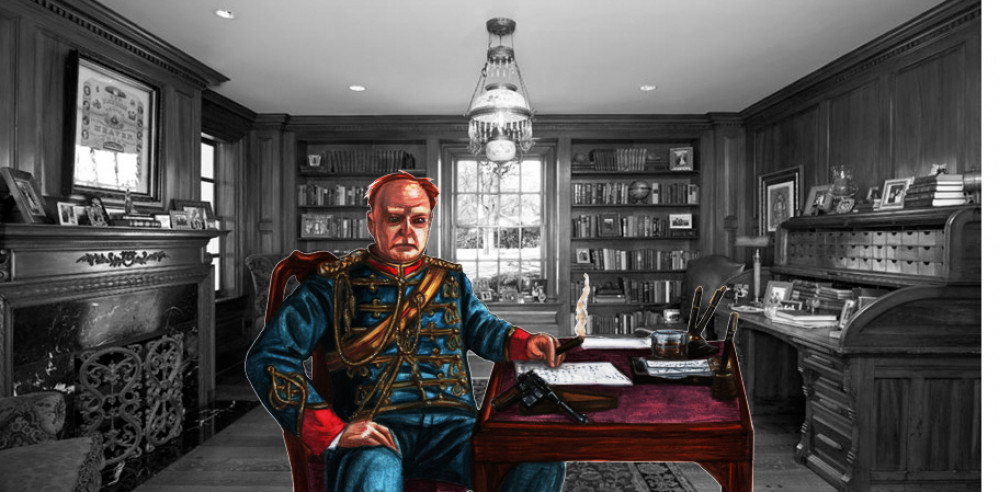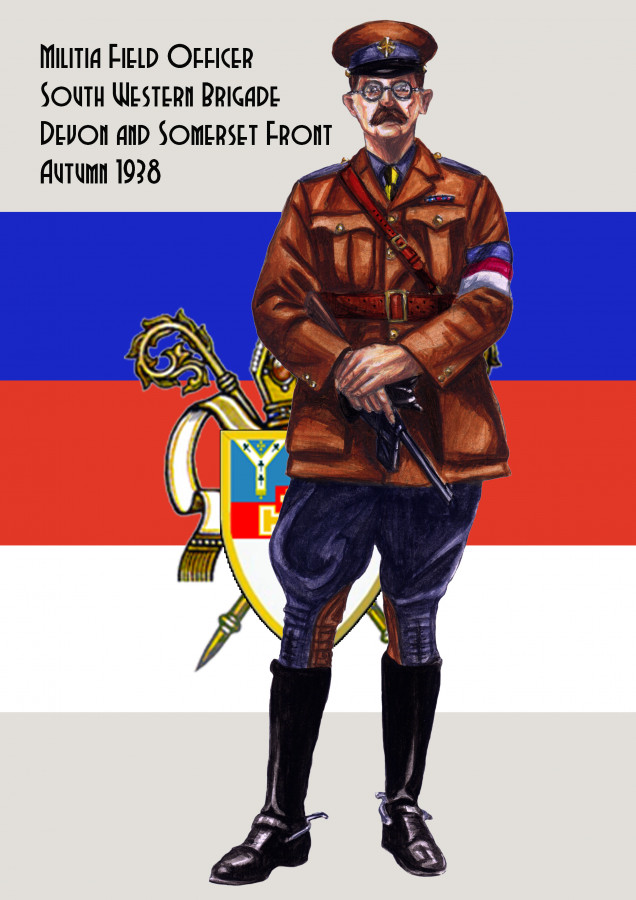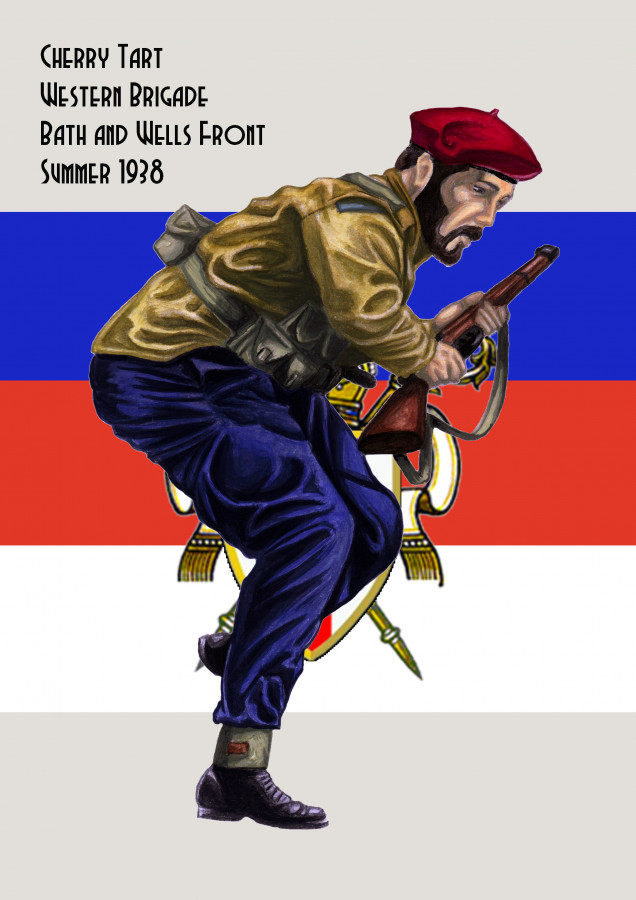
PanzerKaput's Illustrations
The Anglican League Part One
Today in my journey into 1938 A Very British Civil War we taking a look at the first part of the Anglican League.
The Anglican League encompasses a wide range of moderate political groups opposed to the King. The Church of England because of its outspoken criticism of the King’s marriage has become the figurehead for a much wider political movement. They are recognised as the only truly national body opposed to King Edward VIII.
The Church of England itself however, is far from united and at times uncertain about the direction the Anglican League should take. Queen Anne’s bounty or the Title remains highly divisive. Its continued collection aids the war effort but at the same time alienates mick of the countryside that would otherwise support what the League stands for. The Leadership of the Church of England is also divided as to the goals of the war. Archbishop of Canterbury, H. A. L. Cosgrove would be content with the dismissal of Prime Minister Mosley. The Bishop of Bath and Wells seeks the removal of the King while the Archbishop of York advocates a social revolution! These contesting views points have made effective strategy rather difficult and put the league slightly on the back foot since the unsuccessful first Severn Valley campaign.
The Anglican League’s military wing is structured around the local diocese, each with a military commander sometimes, as in the case of Bath and Wells, is the Bishop himself. Whilst most of the diocese forces have battalion strength, some of the smaller and less prosperous areas field smaller units. In addition, they are at present four what might be termed “Field Armies” and several more localised brigades.
The equipment available to the Anglican League tends to be small arms and light machine guns from British military sources, although this is being supplemented by imported equipment. Large quantities of weapons and vehicles purchased in France and smuggled across the Channel arrive in Dover or one of the channel ports and are sent by rail up to the front or even to the Bishop of Bath and Wells’ forces in the west. The York Anglican League is largely supplied via the port of Hull.
The Anglican Leagues’ troops sport some of the most fanciful uniforms of the civil war. Each Bishopric has its own and whilst the look may be predominantly British in cut, they tend to be more colourful than other factions. The Archbishop of Canterbury’s men wear royal blue tunics for example, with French Adrian helmets brought over from France, whilst the Bishop of Bath and Wells, who has travelled widely in Europe after the Great War and has been impressed by the strength of faith shown of the Carlists in Spain, has given his militias a somewhat continental look topped off by red or cherry berets. The local British Union of Fascists units have nicknamed them the “Cherry Tarts”.
The troops of the Anglican League are no better prepared for their role than any of the other militias. However, their faith and the charisma of the Bishops and clergy amongst them achieve somewhat better morale than the average militia units.










































































Leave a Reply